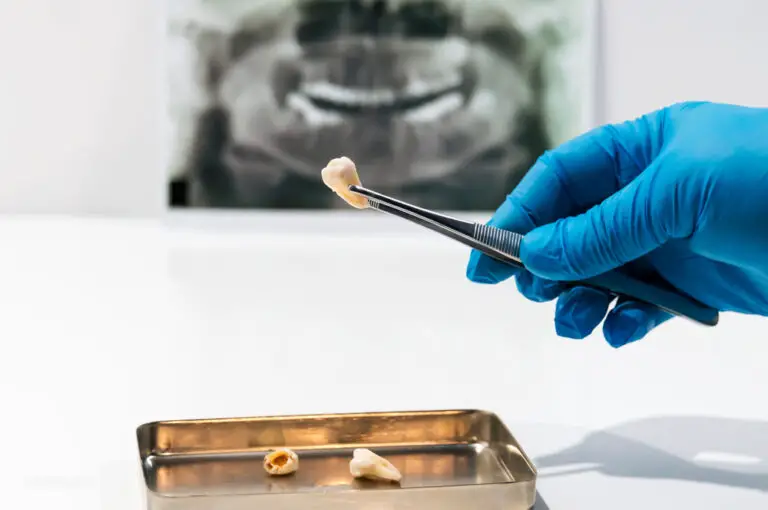Canada geese are known for their iconic V-shaped flying formation and honking calls. But did you know that Canada geese also have teeth? In this article, we’ll explore why Canada geese have teeth when most other birds do not.
An overview of Canada goose teeth
Canada geese have serrated tooth-like edges on their beaks that they use to tightly grip grass and other food. These serrated edges are made of the same material as fingernails and claws but serve a similar purpose to teeth in mammals.
The ‘teeth’ of a Canada goose are not separate structures like human teeth. Instead, they form a continuous serrated edge along the outside of the upper and lower beak. Adult Canada geese have around 400 thin, comb-like teeth called lamellae that interlock together when the beak is closed.
Key facts about Canada goose teeth:
- Made from keratin like human fingernails
- 400 comb-like lamellae interlock when beak is closed
- Serrated edges help geese tightly grip grass and food
- Mostly located on outside edge of upper and lower beak
- Wear down with use but constantly regrow
Canada goose goslings hatch with an egg tooth to help break out of their shell. But this initial egg tooth falls off after a few days. The serrated tooth-like edges start growing soon after hatching.
Why did Canada geese evolve teeth?
Canada geese are herbivores that feed mostly on grass, aquatic plants, grains, sedges, berries, and agricultural crops. Without any teeth, it would be difficult for geese to efficiently break off and grip pieces of these foods.
The comb-like teeth on the beaks of Canada geese likely evolved to help them easily rip and grasp wet grasses and vegetation near water. Here are some of the key advantages the ‘teeth’ provide Canada geese:
Benefits of Canada goose teeth:
- Rip and tear tough grasses and plants
- Tightly grip food when pulling it out of water
- Aid in breaking down and digesting food
- Allow geese to eat a wider variety of vegetation
- Help goslings eat soon after hatching
In particular, the serrated edges enable Canada geese to tightly clasp onto grass when grazing near water. This prevents the grass from slipping out of their grip. The interlocking teeth also improve the efficiency of how geese tear and swallow each bite of food.
Having tooth-like structures likely provides Canada geese with advantages over other goose species in their diet. Canada geese have a more diverse plant-based diet compared to other geese. Their wide range of food sources may be partially thanks to their unique ‘teeth’.
Tooth structure and growth
The ‘teeth’ of Canada geese have an unusual structure compared to more familiar animal teeth. Goose teeth consist of thin, serrated edges made of keratin that regrow constantly.
Composition of Canada goose teeth:
- Made from keratin – the same material as human fingernails and hair
- Keratin is hardened and dense on beak exterior
- Serrated edges form continuous comb-like structures
- Not individual teeth like mammals or reptiles
- Constant wear down from use but also constant regrowth
The keratin that makes up the tooth-like edges is very dense on the outside surface of the beak. This creates a hardened, almost horny texture. Underneath, the beak interior has a spongy bone layer with blood vessels and nerves.
While the composition of goose teeth is quite different from human teeth, both are constantly regrowing. Human teeth regrow very slowly throughout life. Goose teeth also experience constant wear down from grazing but regenerate quickly from the basal germ layer where they are produced.
Interestingly, the rate of tooth regrowth in a Canada goose speeds up during migration seasons when more grazing is required. This regeneration ability prevents their ‘teeth’ from ever being permanently lost due to wear.
Do geese have teeth on their tongues?
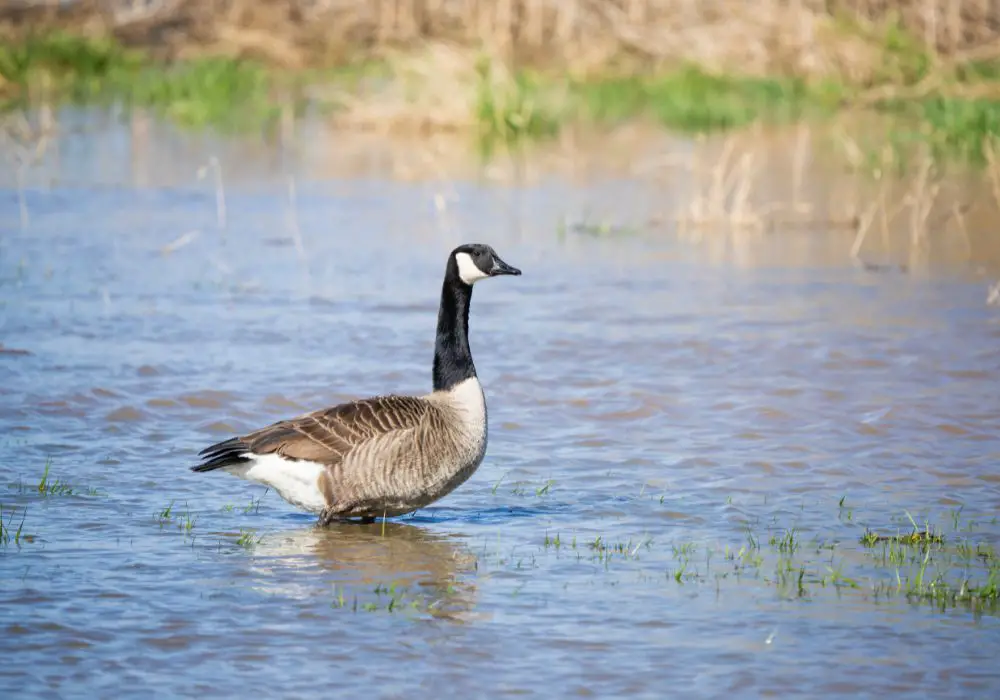
Some geese species like the Chinese goose do have conspicuous comb-like teeth structures on their tongue. However, Canada geese do not have any teeth on their tongues.
The tongue of a Canada goose has a fleshy, spongy texture adapted for manipulating food. The top surface of the tongue is covered in backward-facing barbs and spines that help with catching and swallowing food.
While their tongues don’t have teeth, the barbs and spines assist the Canada goose’s comb-like beak teeth with efficient feeding. The tongue structures allow Canada geese to rapidly graze and swallow plant material.
Do goose teeth help with defense?
While the primary purpose of Canada goose teeth relates to feeding, their serrated beak edges do provide a defensive function as well.
If threatened, Canada geese will bite and strike out with their beaks. The sharp, tooth-like edges make their bites more painful and dangerous. A Canada goose can easily break human skin when they use their beaks to attack.
Parent geese are particularly protective if they perceive a threat to their nest or goslings. The defensive bites they give with their toothed beaks can be quite aggressive. A human bitten by an angry goose will certainly feel the sharp teeth sink into their skin.
However, Canada geese do not usually bite or attack unless they are defending themselves or their young. A Canada goose would have difficulty killing prey or consuming meat with just their beak teeth alone.
Comparisons to other bird beaks
Many bird species have specialized beak adaptations related to their diet. While less common, serrated tooth-like edges are also seen in a few other bird groups that grasp and tear grass or meat.
Here are some comparisons of Canada goose beak teeth to other birds:
- Ducks – Close relatives of geese but with wider beaks less adapted for grasping and tearing. Mostly have flattened lamellae and tiny barbs on beak edges rather than long serrated teeth.
- Shoveler ducks – Unusual shovel-shaped beak with over 100 fine comb-like teeth used to filter swarms of insects and plankton from water.
- Mergansers – Fish-eating diving ducks with long slender beaks lined with rear-facing serrations ideal for gripping slippery prey.
- Storks – Long thick beaks with saw-like edges used to catch and restrain large prey like frogs and fish.
- Anhimids – Tropical American birds related to ducks and geese with strong hooked beaks and sharp tooth-like notches used to tear apart vegetation.
- Vultures – Hooked razor-sharp beak edges adapted for quickly tearing rotting meat off carcasses.
Overall, the serrated tooth-like structure found on Canada geese beaks is relatively uncommon in the bird world. It provides geese with an advantage when feeding on tough aquatic vegetation. The only other birds with equally comb-like beak edges are some species of swans and ducks.
Importance for goslings
The egg tooth present on goose hatchlings falls out soon after they pip from their egg. But the serrated beak edges start developing within days after the goslings hatch.
Young goslings need these tooth structures right away to efficiently graze on vegetation. Canada goose goslings feed on newly sprouted grass from their first days of life. Without teeth, the young birds would struggle to break off and eat the green shoots.
So the quickly developing beak teeth are crucial for the survival of newly hatched Canada geese. Once their beaks gain their full serrated edges, the goslings can feed independently alongside their parents.
Potential problems from tooth loss
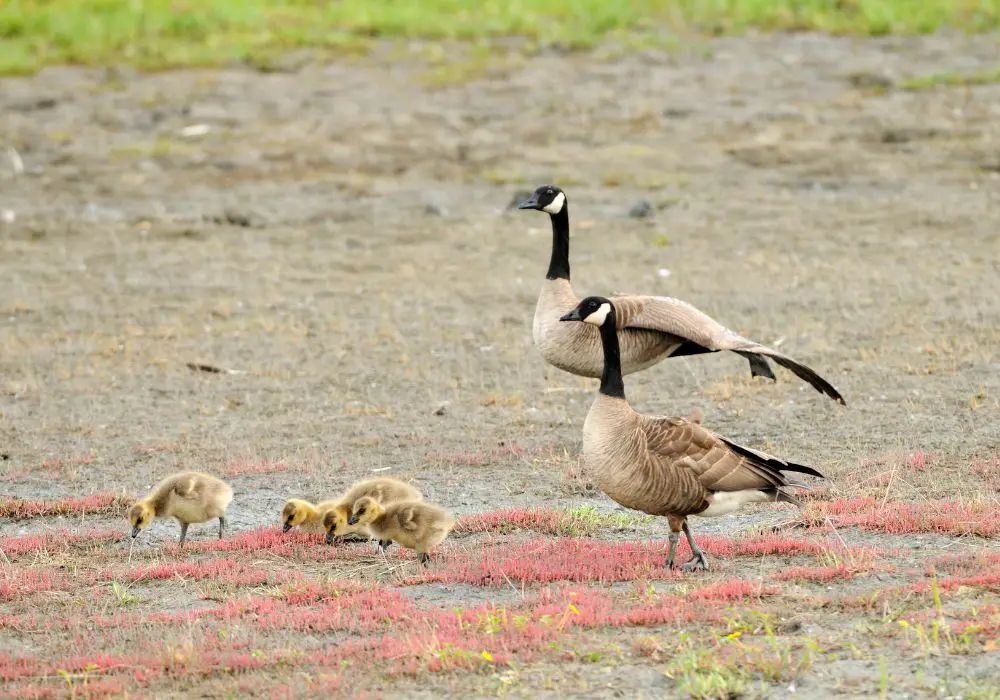
Canada geese depend heavily on their beak teeth for feeding successfully. So damage or loss of the comb-like edges on their beak can have severe impacts.
Injuries that crack or chip away parts of the beak can temporarily reduce feeding ability in Canada geese. However, as long as the basal germ layer is intact, the teeth usually regrow quickly with no permanent damage.
More serious tooth loss occurs when geese are infected with parasitic diseases like gapeworms. The worms eat away and degrade the keratin teeth over time. This gradually leaves the geese unable to efficiently grasp and consume food, eventually leading to starvation.
For domestic geese, these parasites are treated with deworming medications. But wild Canada geese with severe tooth degradation often do not survive. Their foraging and migration abilities become too impaired once their ‘teeth’ are significantly damaged by disease.
History and folklore
Historic accounts of Canada geese sometimes described them as having ‘teeth’ in their beaks that could inflict serious bites. Before the science was understood, their serrated beak edges may have seemed mystifying and frightening.
In one early legend, a Jesuit missionary described Canada geese using their beaks like saws to cut through birch bark to build their nests. This myth was likely inspired by the goose’s serrated ‘teeth’ that could shred through vegetation.
Modern scientific study has shed light on how the tooth-like structures of Canada geese really function and grow. Their unusual mouths remain a distinctive feature of this iconic bird species. The next time you see Canada geese grazing, take a closer look at their incredible adaptations.
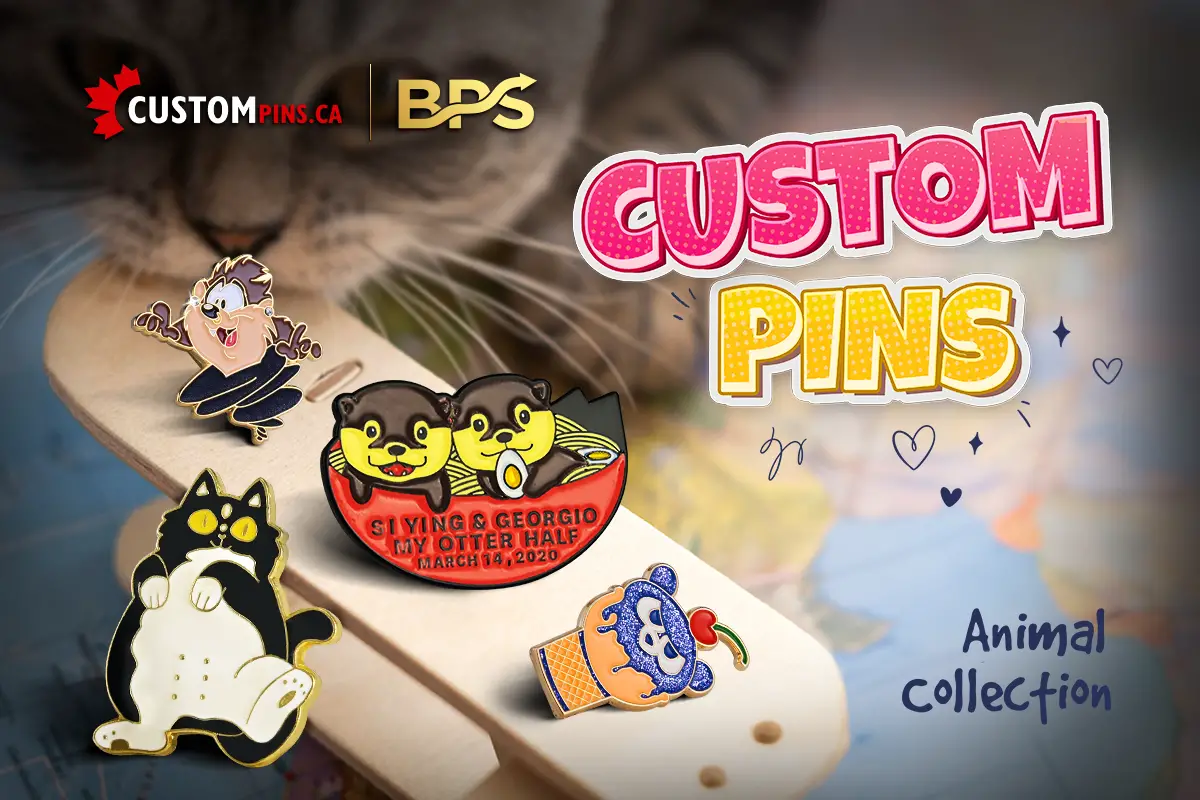
For the First Nations of this continent, the Canada Goose has always been an important mythical creature, part of Canada’s national identity. It is also an integral part of their many stories, legends, songs, poems and contemporary artwork. Many enthusiasts have observed them, depicted them, and even customized them as a Lapel Pin or other decorative items to wear in their daily lives. The Canada Goose represents not only the wildlife or bird species of this continent, but also the racial, economic, and socio-cultural ties with the people. This majestic bird is the iconic wildlife symbol of the spirit and vitality of the North American continent.
Conclusion
The unique ‘teeth’ of Canada geese are an ingenious evolutionary adaptation. These comb-like serrations along their beak edges provide advantages that enable geese to thrive on a diverse array of wetland vegetation. The regenerative keratin teeth are finely tuned to geese’s grazing lifestyle. Without these saw-like structures, Canada geese could not exploit such a wide range of food sources. The next time you get a close look at a Canada goose, take a moment to appreciate the exquisite natural engineering of its tooth-lined beak. This small anatomical detail plays an outsized role in the success and survival of these iconic birds.
Frequently Asked Questions about Canada Goose Teeth
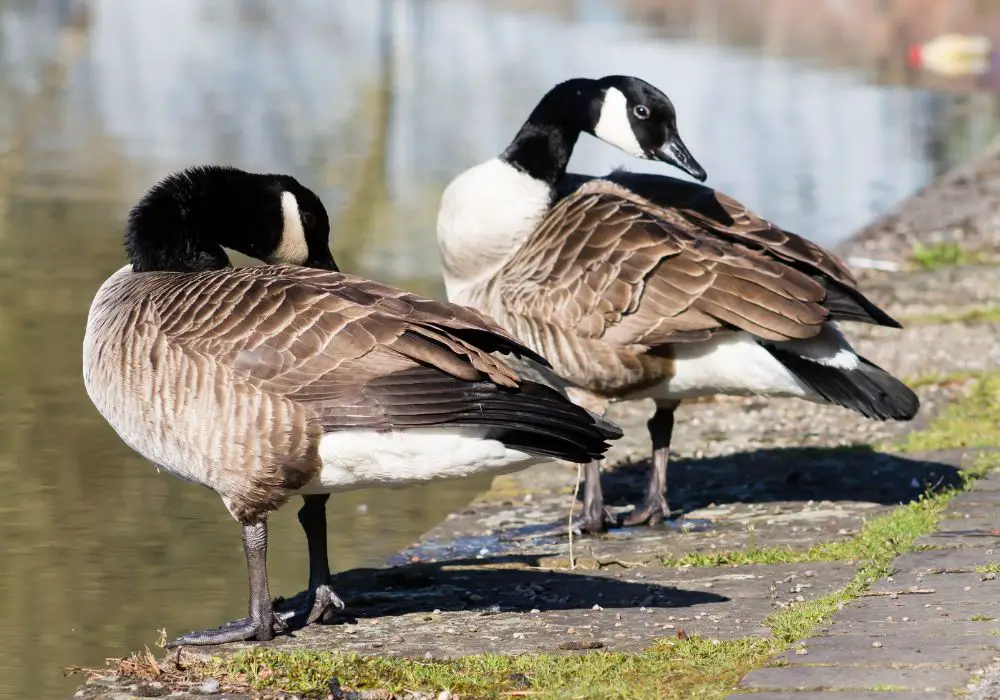
Why are the teeth of Canada geese shaped like combs rather than being individual structures?
The lamellae that make up Canada goose teeth are comb-like sheets of keratin continuous with their beak edges. This shape increases the surface area used for grazing. Separate tooth structures like mammals have would be less efficient and durable.
How often do the teeth of a Canada goose wear down and regrow?
The rate of tooth wear and replacement speeds up during migration season when more grazing is required. Geese may regrow large portions of their serrated edges twice annually in sync with these heavy feeding periods.
Can the teeth of Canada geese become overgrown?
Overgrowth is unlikely since the teeth are constantly worn down from use. If any irregularities occur, the goose can restore proper shape by grinding its upper and lower beak together.
Do the teeth help Canada geese eat meat?
No, Canada geese are strictly herbivores. Their beak teeth are not adapted for tearing meat. The combs are solely used for efficiently grazing on aquatic plants.
Could a Canada goose bite someone hard enough to sever a finger?
Extremely unlikely. While capable of breaking skin, the beak teeth of a Canada goose are not suited for cutting through bone. Severe damage would only occur with a prolonged attack on a vulnerable area.
Why are Canada geese the only species with such serrated beak edges?
This adaptation provides an advantage when feeding on wet vegetation near water. Similar comb-like structures are seen in related geese and ducks, but Canada geese rely the most on their unique ‘teeth’.





